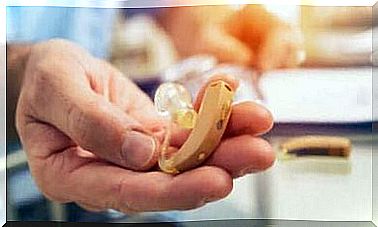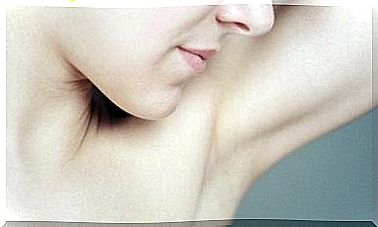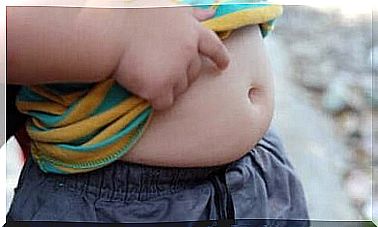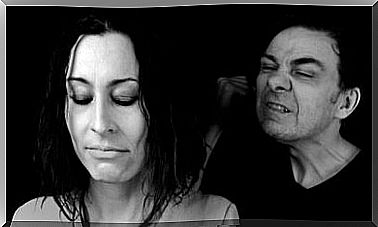Achalasia Of The Esophagus: Symptoms And Treatment

Achalasia of the esophagus is a rare disorder that can occur at any age. The main symptom is the inability of the esophagus to expand and allow food to reach the stomach.
This is undoubtedly a big problem. Despite all the research on it, the scientific community has still not found the specific cause of it.
However, what they discovered is that it affects both men and women and that it does not seem to be genetically transmitted.
Symptoms of achalasia of the esophagus

In order for a doctor to diagnose this disease, they should look for certain symptoms.
- Dysphagia : These are difficulties in swallowing both solid and liquid foods, in addition to the inability to drink fluids. This is mainly due to the contraction of the upper parts of the esophagus.
- Chest pain : This does not occur frequently, but it can occur if there are contractions in the lower sphincter of the esophagus.
- Swelling of food : Some people who suffer from achalasia in the esophagus gulp up the food they eat. This is because they can not swallow it.
- Weight loss : When a person does not get food through the system, they will lose weight and this can also often lead to anemia.
It is important to know that food and drink that fail to pass through the esophagus and are not swallowed can enter the lungs. This can happen at any time, even when people are sleeping. Furthermore, the consequences can range from infections in the respiratory tract to incipient pneumonia.
Therefore, you should see a doctor as soon as you suspect you have dysphagia.
How is this diagnosed?
When a patient shows the previously mentioned symptoms, it is necessary to perform some specific tests before establishing a correct diagnosis.
The two most common tests are:
Examination of motility in the esophagus
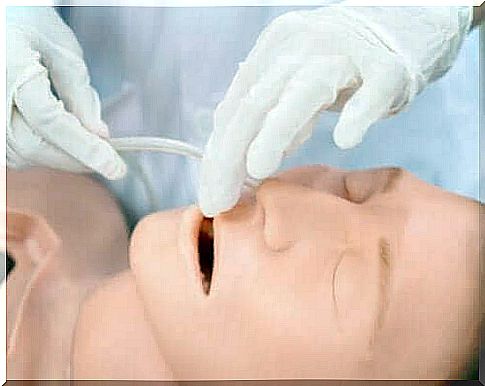
The examination of the motility of the esophagus is performed by inserting a thin probe through the nose with the intention of reaching the esophagus and stomach. It is an uncomfortable procedure where the patient is often anesthetized with local anesthesia.
Once the tube is inside the abdomen, the responsible technician moves it slightly over the esophagus and asks the patient to swallow to measure the pressure of the contractions.
X-ray of the esophagus with barium
This is another way to diagnose achalasia in the esophagus. It is a simple test where the patient drinks a liquid with barium before the examination.
Then the patient stands with his back to an X-ray board. The patient must drink more fluids and occasionally hold their breath for a few seconds. This allows the doctor to examine the area.
Treatment of achalasia in the esophagus

Treatments for this disorder often depend on the severity and the specific characteristics of the affected person. This includes factors such as age, possible respiratory infections, etc.
Some of the available options are:
- Balloon Expansion : A balloon is inserted into the esophageal sphincter and inflated to keep the esophagus open and enlarged. This treatment usually needs to be repeated from time to time.
- Botox : This is a muscle relaxant that is injected through an endoscope to the sphincter of the esophagus. This is usually done in older people who cannot be operated on.
- Muscle relaxants : This treatment requires medication that relaxes the muscles before eating. The problem with this treatment, however, is that there are many side effects.
- Surgery : This is the best option of all, especially for young patients. It is an effective solution to a problem that we do not yet know the cause of.
Conclusion
If you have any problems swallowing food or even water, consult a doctor immediately.
In some cases, difficulty swallowing may be confused with symptoms of anxiety. Regardless, it is always best to be sure of getting the right diagnosis.
This allows you to begin a treatment that is effective in your specific case. In addition, you will be able to prevent major problems due to aspiration pneumonia of food and drink as we mentioned above.
Right now, active research is still being conducted to determine the cause of achalasia in the esophagus. We hope that there will soon be a way to prevent this disorder.


